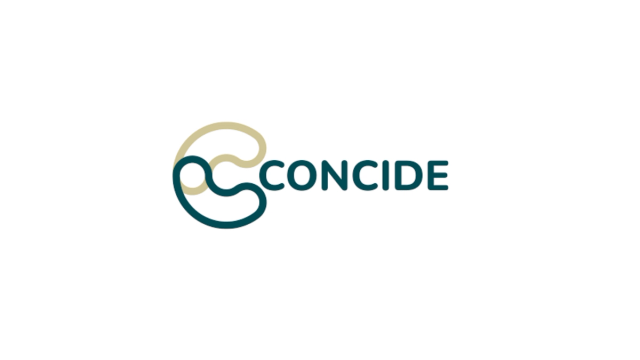Understanding the Importance of Good and Safe Driving with MyDrive and DataStax Enterprise

This post is one in a series of quick-hit interviews with companies using DataStax Enterprise (DSE) for key parts of their business. In this interview, we talked with Gavin Heavyside, founder and Director of Engineering at MyDrive.
DataStax: Hello Gavin, thanks a lot for your time today. Could you please tell us a bit about MyDrive and your role at the company?
MyDrive Solutions: I’m the founder and director of engineering here at MyDrive, leading the mobile, backend, and infrastructure teams, and overseeing information security. MyDrive is an Insurance Telematics company, providing data analysis services to motor insurers. We collect sensor data including GPS location from smartphones, or telematics hardware, then process, analyze and score the data so drivers can understand how well they are driving, and insurers can understand how risky their customers are, enabling good drivers to get discounts, and everyone to get a fairer price.
DataStax: What makes your insurance telematics solution successful, what differentiates you to similar applications?
MyDrive: Many telematics companies started as hardware manufacturers, just looking at exceptional events like harsh braking and acceleration. We started as a data analysis company, so approached the problem from a different angle. We started by understanding what good and safe driving is – we worked with road safety organizations, driving experts, and behavioral psychologists to build a picture of the types of behavior which make somebody a safe driver. We then went about detecting the characteristics of those behaviors in the data we collected and generating a benchmark to score drivers against. We generate our analysis from all the data we get, the good, bad, and average behavior, not just the exceptions which cross a threshold.
DataStax: Did you use a different technology before you started using DataStax Enterprise (DSE)?
MyDrive Solutions: In the early days we started with MongoDB. This worked well to begin with, but as data volumes increased we soon hit operational issues. Karl Matthias, who was our infrastructure lead at the time, recommended Cassandra based on his previous experience. We started with Apache Cassandra and migrated from Mongo to Cassandra live with no downtime, by implementing a dual write strategy, so that we could roll back at any time. When we turned Mongo off, our average latencies improved significantly, but importantly so did our 99 percentiles, as the variability got much better. Karl wrote a blog post about our migration here.
DataStax: Why did you decide to use DataStax Enterprise? What kind of data is stored there?
MyDrive Solutions: We used DSE because it provides a tested set of compatible components, and means we have fewer dependencies to worry about managing. This becomes particularly important as we run a very small operations team, so want to minimize the overhead of managing and configuring software and systems.
We primarily store time-series data. A typical model would be to partition data by user, and cluster by a timestamp. We often read time ranges, such as fetching all data for a user between two dates, and Cassandra’s data model fits perfectly
DataStax: How would you sum up the benefits you’ve achieved with DataStax Enterprise?
MyDrive Solutions: Reduced operational overhead, more predictable performance, and more trust in our data store.
DataStax: What caused you to use DataStax Enterprise over open-source Apache Cassandra™?
MyDrive Solutions: DSE offered a number of attractive advantages including more comprehensive OpsCenter features, security, and a ready-made ecosystem of tools like Spark with less overhead than rolling our own.
DataStax: What features from the DataStax Enterprise stack are you using at the moment? Do you plan to leverage other parts of DSE?
MyDrive Solutions: We stick to fairly simple use cases, but outside of regular Cassandra we use OpsCenter, including the maintenance, and best-practice services. We also use Spark for some tasks.
DSE graph is very interesting, so we’ll be taking a closer look at that this year.
DataStax: What advice would you give to other startups that are thinking about using DSE for the first time in their solutions?
MyDrive Solutions: DSE is the easiest way to get started with Cassandra in production, and removes a lot of operational headaches letting you focus on your product.




